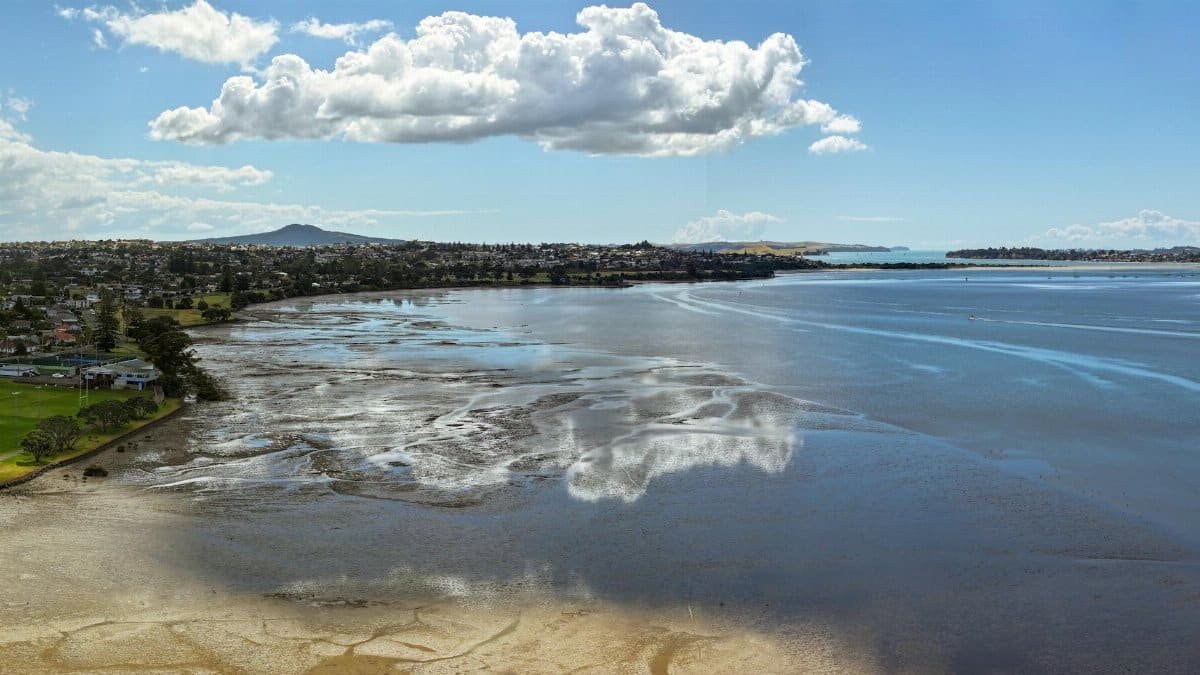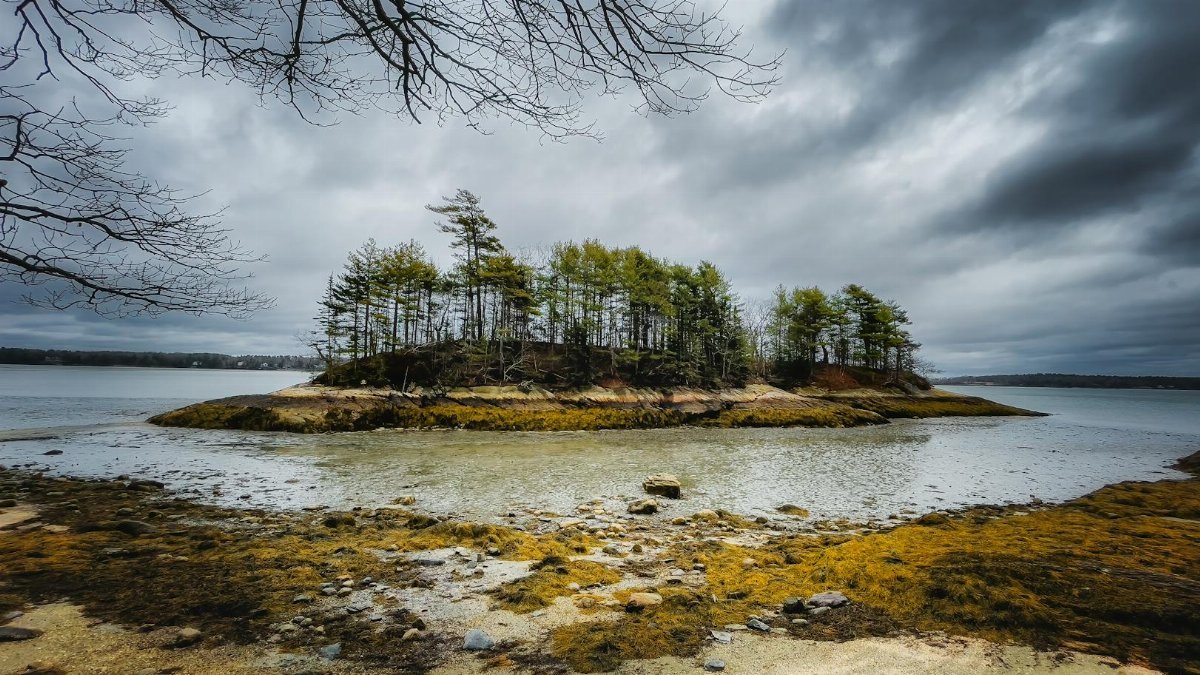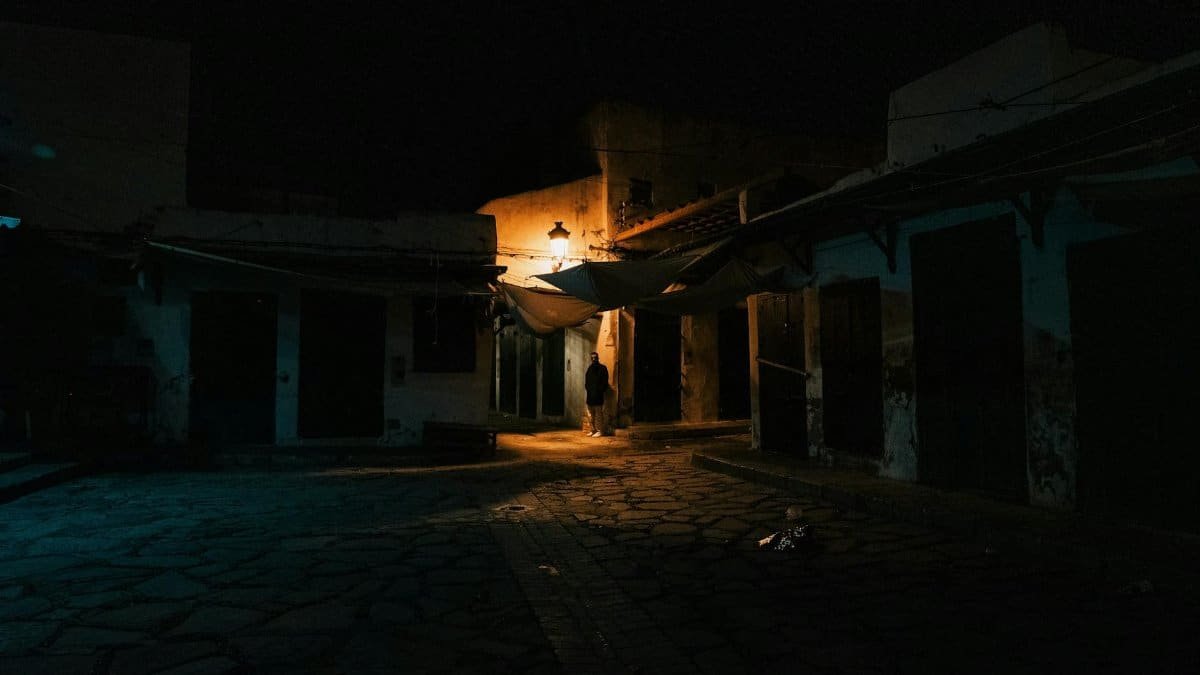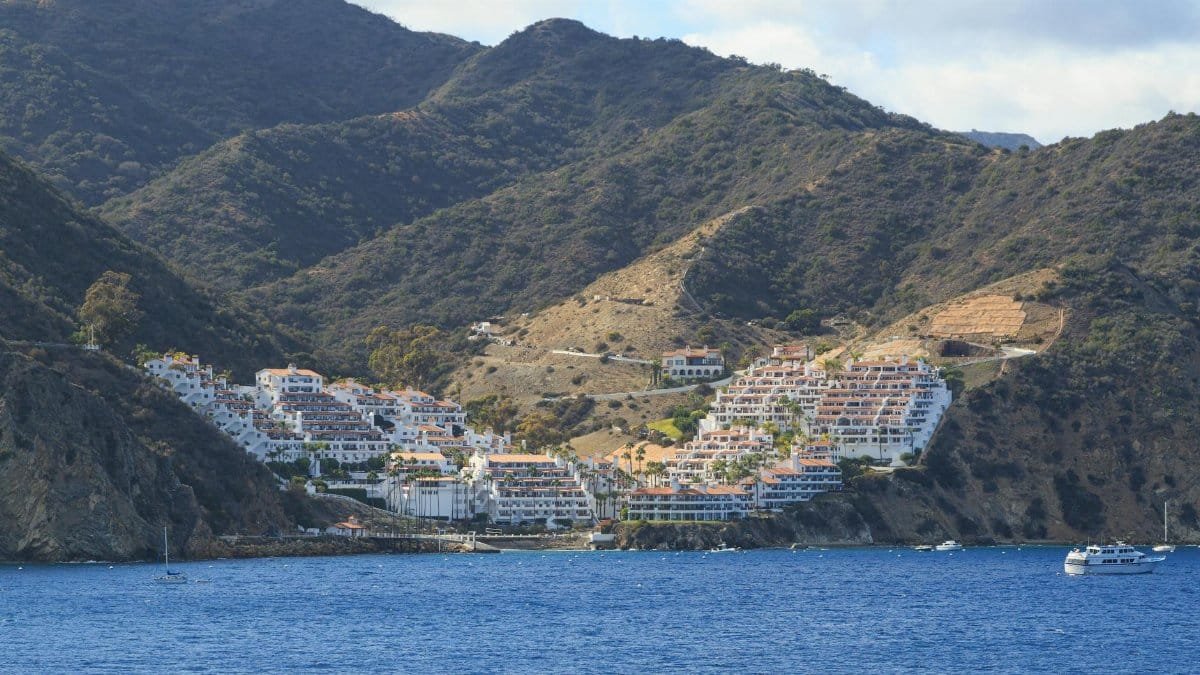Imagine a holiday where the hum of engines fades into silence, replaced by the crunch of gravel underfoot or the distant call of a gull. This isn’t just a fleeting escape; it’s a deliberate choice gaining traction among Americans seeking respite from the relentless pace of modern life. Car-free islands in the USA offer a rare chance to unplug—not just from devices, but from the very idea of rushing. These tucked-away places, accessible often by ferry or foot, challenge the notion that travel must be fast or far-flung to be meaningful. From quiet coastal enclaves to rugged outposts, they beckon with a promise of mindfulness woven into every step. As stress creeps higher in 2025, more people are turning to these islands for holidays that prioritize presence over productivity. What makes them so compelling? Let’s unpack nine distinct destinations reshaping how we think about getting away.
1. Mackinac Island, Michigan: A Timeless Step Back

Perched in Lake Huron, Mackinac Island feels like a portal to a slower era. Cars have been banned here since 1898, a decision born from early residents’ disdain for the noise and danger of “horseless carriages.” Today, visitors arrive by ferry and navigate by foot, bike, or horse-drawn carriage. The island’s charm lies in its preserved Victorian architecture and the scent of fudge wafting from local shops—a signature treat. Walking along the 8.2-mile perimeter trail, the absence of motorized noise lets the mind settle. It’s no surprise that thousands flock here each summer for a holiday that feels both nostalgic and freeing. For deeper insight into its history, the Mackinac Island Tourism Bureau offers a wealth of context on how this car-free ethos took root.
2. Fire Island, New York: Coastal Calm Near the City

Just off Long Island, Fire Island stretches as a thin barrier of sand and scrub, a world apart from New York City’s clamor despite its proximity. Accessible only by ferry, this 31-mile island bans cars in most of its 17 communities. Boardwalks and bikes rule here, guiding visitors through sun-bleached dunes and quiet beaches. Ocean Beach, one of the livelier spots, hums with small cafes, yet even there, the pace feels unhurried. For urbanites craving a mindful break without straying far, it’s a perfect fit. The National Park Service manages much of the island, providing resources on its fragile ecosystem and car-free appeal.
3. Bald Head Island, North Carolina: Serenity by the Sea

What if a holiday meant leaving not just your car but your usual self behind? Bald Head Island, off North Carolina’s coast, demands just that. Reachable by a 20-minute ferry ride from Southport, this island prohibits personal vehicles. Golf carts are the main transport, though walking its 14 miles of trails—through maritime forests and along pristine beaches—often feels more rewarding. The lack of car noise amplifies the rustle of live oaks and the crash of waves. It’s a place where mindfulness isn’t forced; it emerges naturally. Check the Bald Head Island official site for ferry schedules and conservation efforts that keep this sanctuary intact.
4. Cumberland Island, Georgia: Wild and Untouched

Cumberland Island, Georgia’s largest barrier island, offers a raw, unpolished escape. Accessible by ferry from St. Marys, it’s a National Seashore where cars are absent, and feral horses roam freely among ancient oaks draped in Spanish moss. Visitors walk or bike through 36,000 acres of wilderness, passing ruins of old mansions like Dungeness, a reminder of bygone wealth. The silence here is profound, broken only by nature’s whispers. For those seeking a holiday that reconnects them to the earth, it’s unmatched. The National Park Service details camping options and the island’s storied past, ensuring visitors tread lightly on this fragile gem.
5. Monhegan Island, Maine: Rugged Solitude

Ten miles off Maine’s coast, Monhegan Island is a craggy outpost where cars have no place. A ferry from Port Clyde delivers visitors to a 1.7-square-mile haven of rocky cliffs and pine forests. Walking trails, like the one to Cathedral Woods, offer meditative quiet, while the island’s artist colony—active since the 19th century—adds a creative pulse. Locals haul goods by wheelbarrow, a quirk that underscores the simplicity here. For a holiday that strips life to essentials, Monhegan delivers. Its stark beauty isn’t for everyone, but those who come often leave changed.
6. Tangier Island, Virginia: A Culture Apart

In the Chesapeake Bay, Tangier Island clings to a way of life that feels frozen in time. Reachable only by ferry or boat, this small fishing community bans cars, with golf carts and bikes navigating narrow paths between crab shacks and weathered homes. Residents speak with a distinct Elizabethan lilt, a linguistic relic that fascinates linguists. Walking here, amid the scent of saltwater and the sight of watermen at work, offers a holiday steeped in cultural immersion. The island faces erosion threats, making each visit feel urgent—a chance to witness a disappearing world.
7. Santa Catalina Island, California: Adventure Without Engines

Off Southern California’s coast, Santa Catalina Island mixes rugged beauty with a car-free ethos in key areas. While some vehicles are allowed in Avalon, the main town, much of the island’s 75 square miles—managed by the Catalina Island Conservancy—remains inaccessible to cars. Visitors arriving by ferry often explore on foot or via guided tours, hiking to vistas like Mount Orizaba. The underwater world, visible through snorkeling, adds another layer of wonder. It’s a holiday spot where mindfulness meets adventure, grounded by the island’s conservation focus.
8. Dry Tortugas, Florida: Remote and Reflective

Seventy miles west of Key West, Dry Tortugas National Park is a cluster of seven tiny islands where cars are irrelevant. Accessible by ferry or seaplane, this remote spot centers on Fort Jefferson, a 19th-century military relic surrounded by turquoise waters. Walking the fort’s ramparts or the sandy edges, visitors find solitude hard to match elsewhere. The absence of modern distractions—beyond the hum of a passing boat—makes it a profound holiday for reflection. Snorkeling among coral reefs only deepens the sense of being unmoored from daily grind.
9. Block Island, Rhode Island: Quaint Meets Quiet

Twelve miles off Rhode Island’s shore, Block Island blends New England charm with a car-free ethos in spirit, though limited vehicles are permitted. Ferries from Point Judith bring visitors to a 10-square-mile haven where walking and biking dominate. Trails lead to dramatic bluffs and pebble beaches, while the island’s Victorian inns evoke a gentler past. A local once remarked, “You don’t just slow down here; you remember how to breathe.” For a holiday that balances quaintness with quiet, Block Island stands out among car-free islands in the USA.
These nine islands, scattered across the country, share a common thread: they invite a kind of holiday that re-centers the self. In 2025, as the pull of constant motion only grows, places like these remind us that stepping away—literally, on foot—can be the most powerful journey of all. Online discussions often highlight a shared sentiment: arriving at a car-free island feels like shedding a weight you didn’t know you carried. Whether it’s the wild solitude of Cumberland or the cultured calm of Mackinac, these destinations offer more than a getaway. They offer a chance to recalibrate. Which one calls to you?
